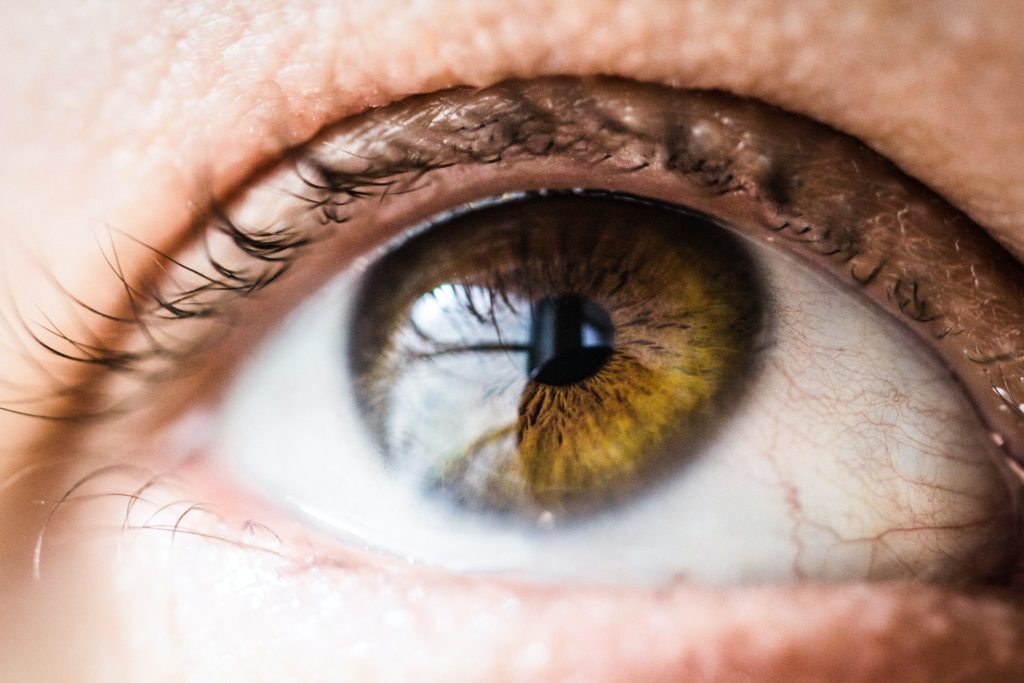Decreased oxygen in the local environment is shown to be essential for the normal function of meibomian glands.

Meibomian glands are a type of sebaceous glands located in the tarsal plate of the upper and lower eyelids.
Meibomian gland dysfunction (MGD) is the most common cause of dry eye disease. While little is known about the regulation of meibomian glands (MG), it is known that they synthesize a lipid mixture that improves the stability of the tear film by preventing evaporation.
Recently, it has been shown that mouse and human MGs actually exist in a hypoxic environment in vivo. Immortalized human MG epithelial cells (IHMGECs), when treated with hypoxia in vitro, become differentiated. Hypoxia thereafter results in lysosomal enlargement and increased sterol regulatory element binding protein 1 (SREBP1) and deoxyribonuclease (DNase) II activity. All of these changes contribute to increased sterol synthesis and holocrine secretion. In contrast, there is loss of the hypoxic environment in MGD.
In this preclinical study, human eyelid tissues were stained using immunofluorescence for hypoxia-inducible factor 1α (HIF1α). This protein is expressed in response to hypoxia, after which it translocates to the nucleus and influences gene transcription. IHMGECs were also cultured in both normoxic and hypoxic conditions, with or without the hypoxia-mimetic agent roxadustat (Roxa). The cells were afterwards analyzed for HIF1α expression, lipid-containing vesicles, neutral and polar lipid content, DNase II activity, and intracellular pH.
Results showed that HIF1α was indeed expressed in human eyelid tissues. HIF1α was localized in the nucleus, primarily in cells near the areas of MG acini, where oxygen concentration is the lowest. In addition, both hypoxic culture conditions and treatment with Roxa resulted in increased HIF1α expression, lipid-containing vesicles, and DNAse activity. It also resulted in decreased pH in vitro.
These observations suggest that HIF1α is important in normal MG function and that hypoxia mimetics, when locally administered, may be helpful in treating MGD.
Liu, Y., Wang, J., Chen, D., Kam, W., & Sullivan, D. (2020). The Role of Hypoxia-Inducible Factor 1α in the Regulation of Human Meibomian Gland Epithelial Cells. Investigative Ophthalmology & Visual Science, 61(3), 1. https://doi.org/10.1167/iovs.61.3.1